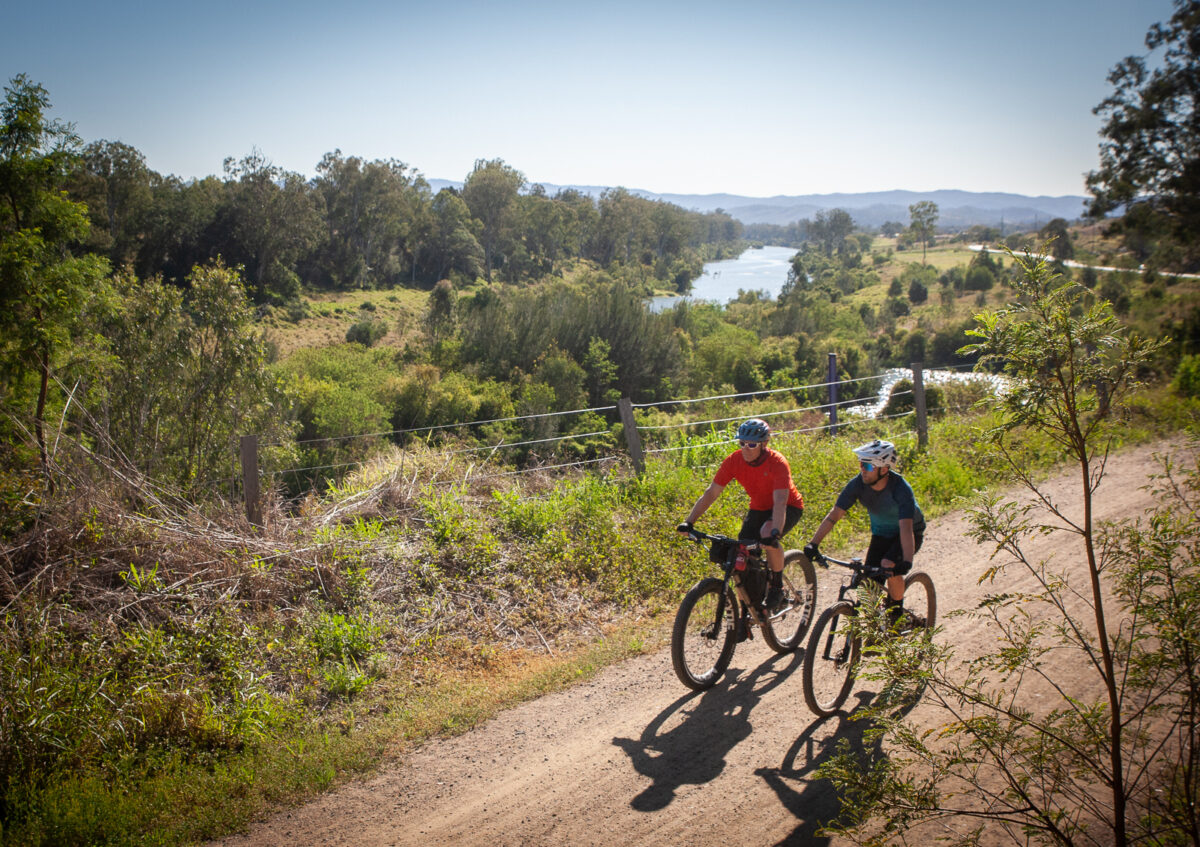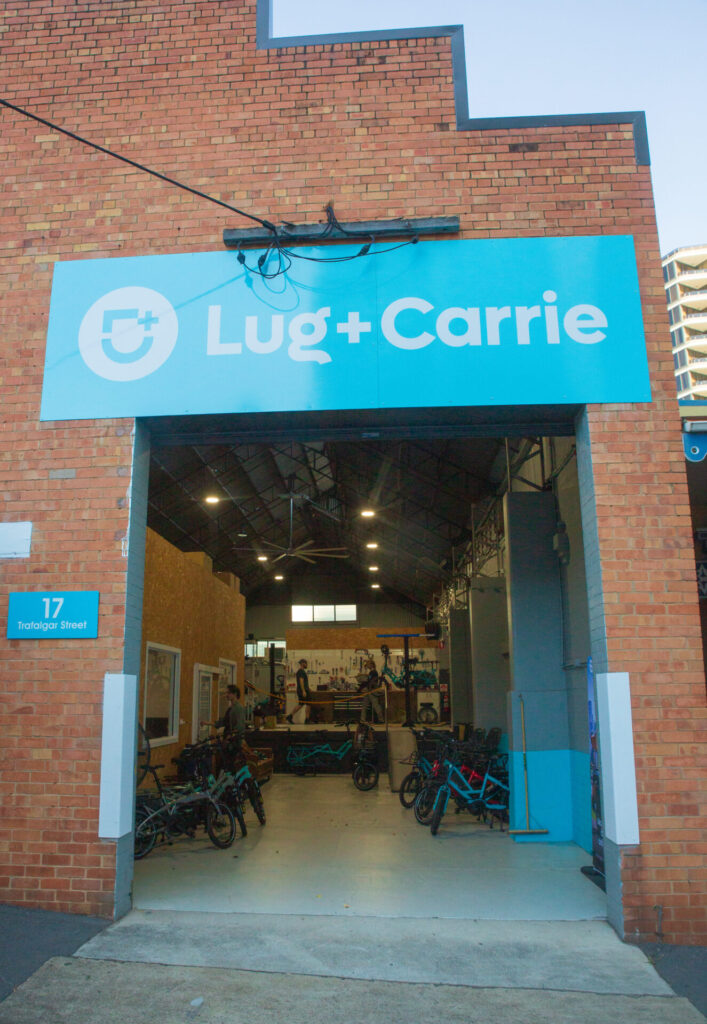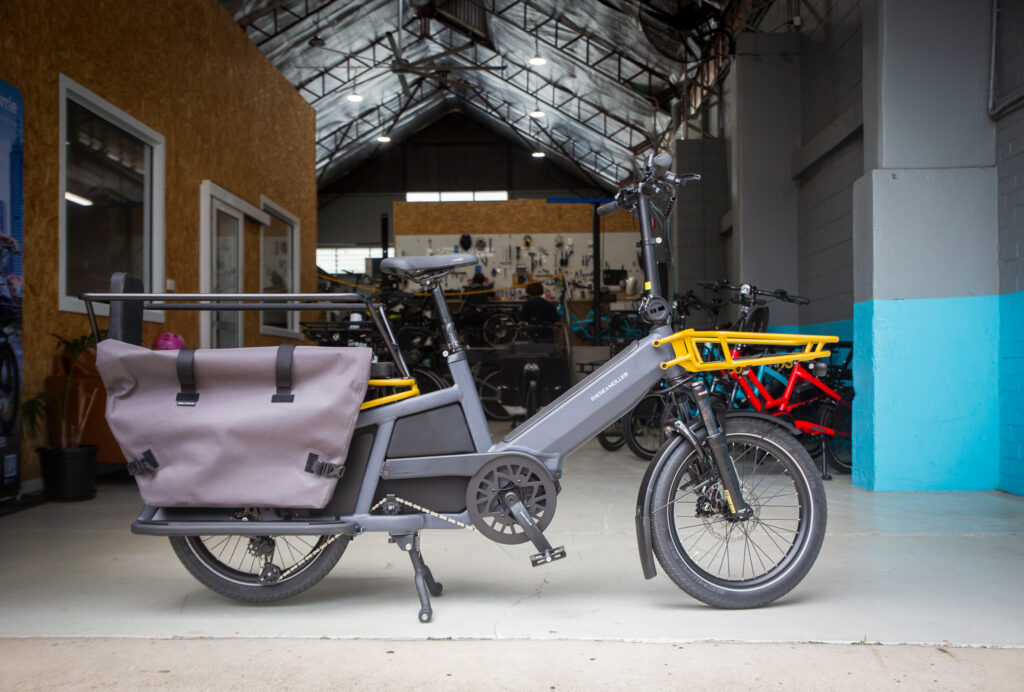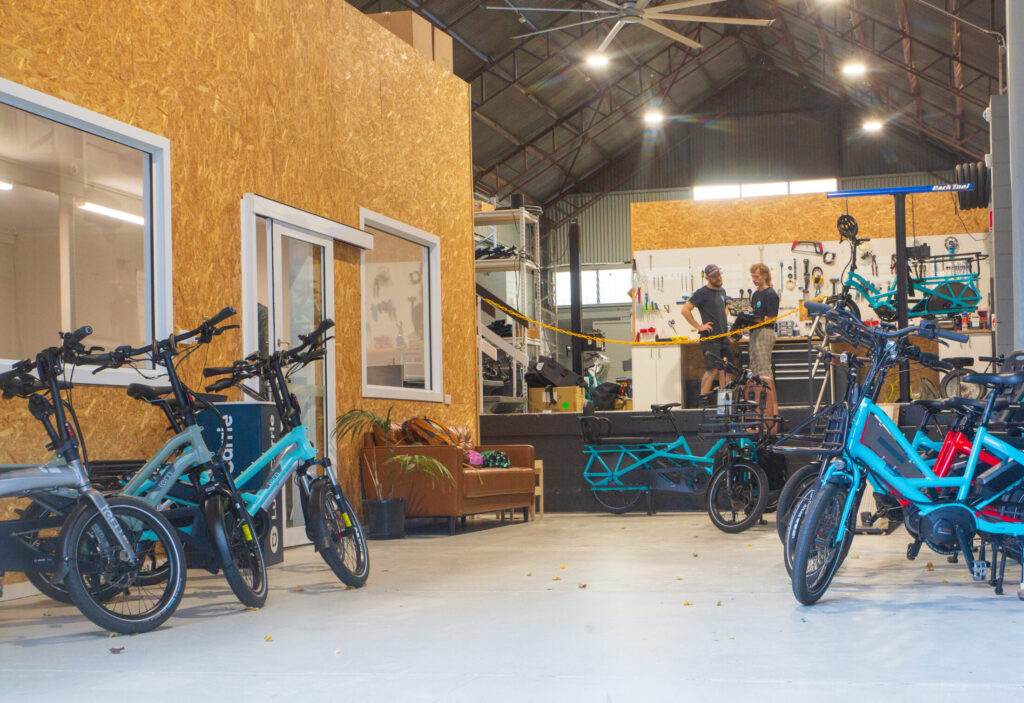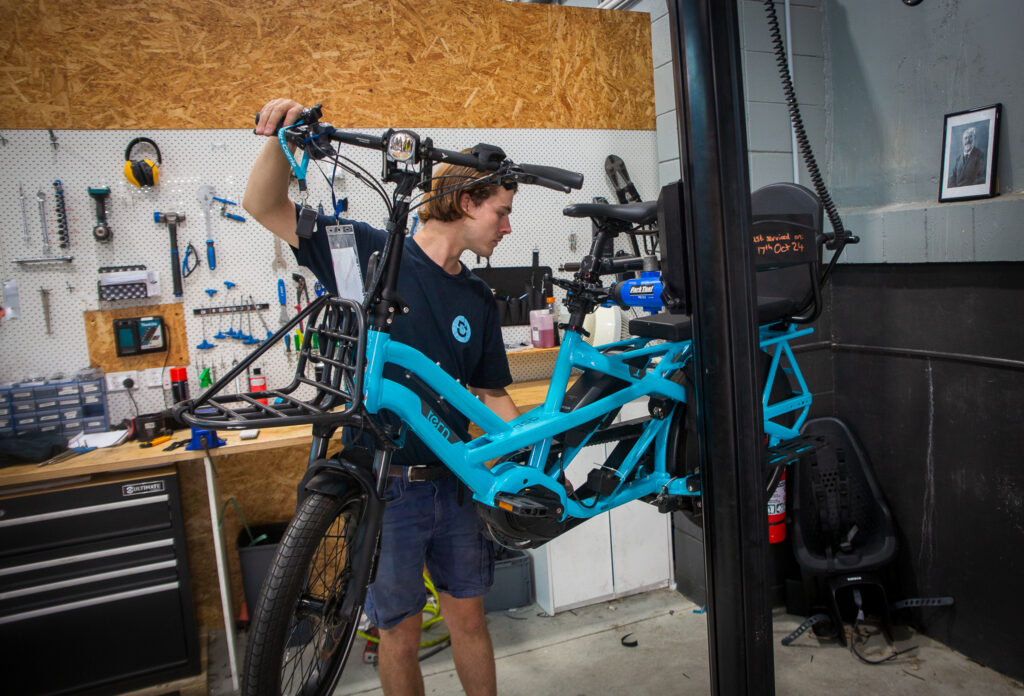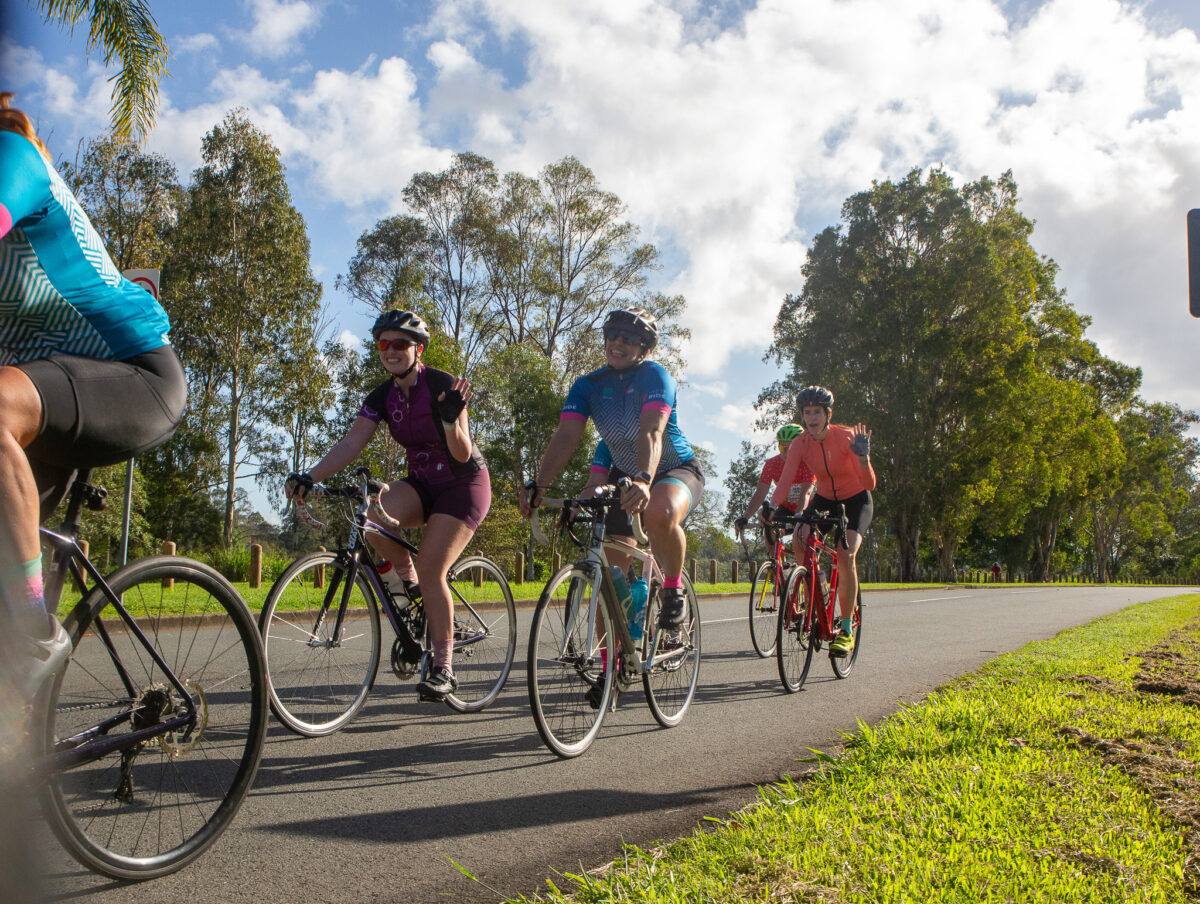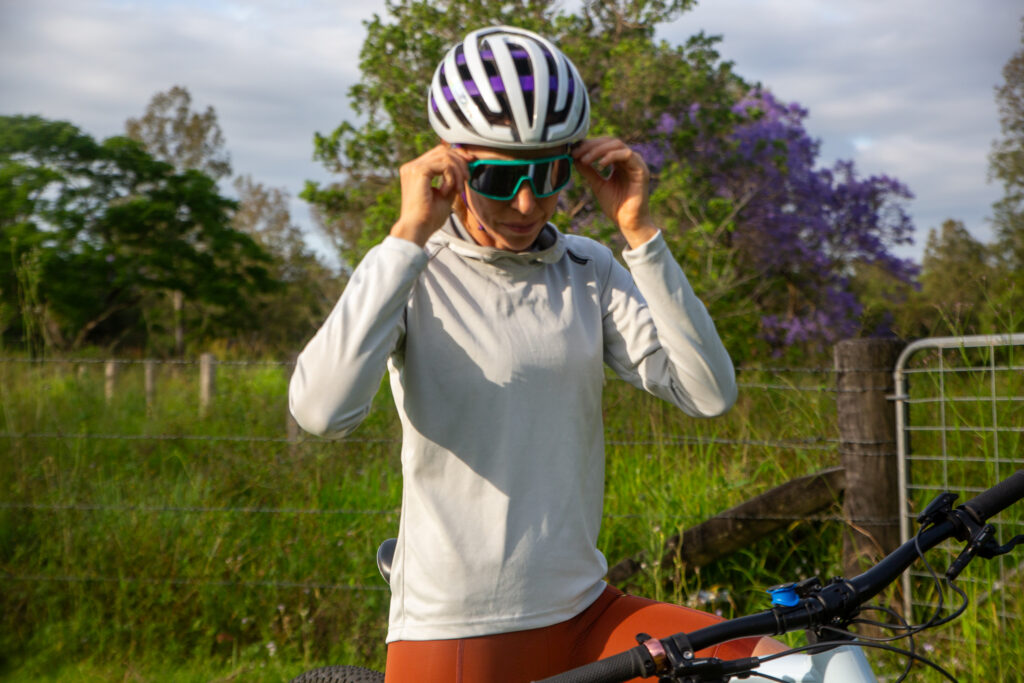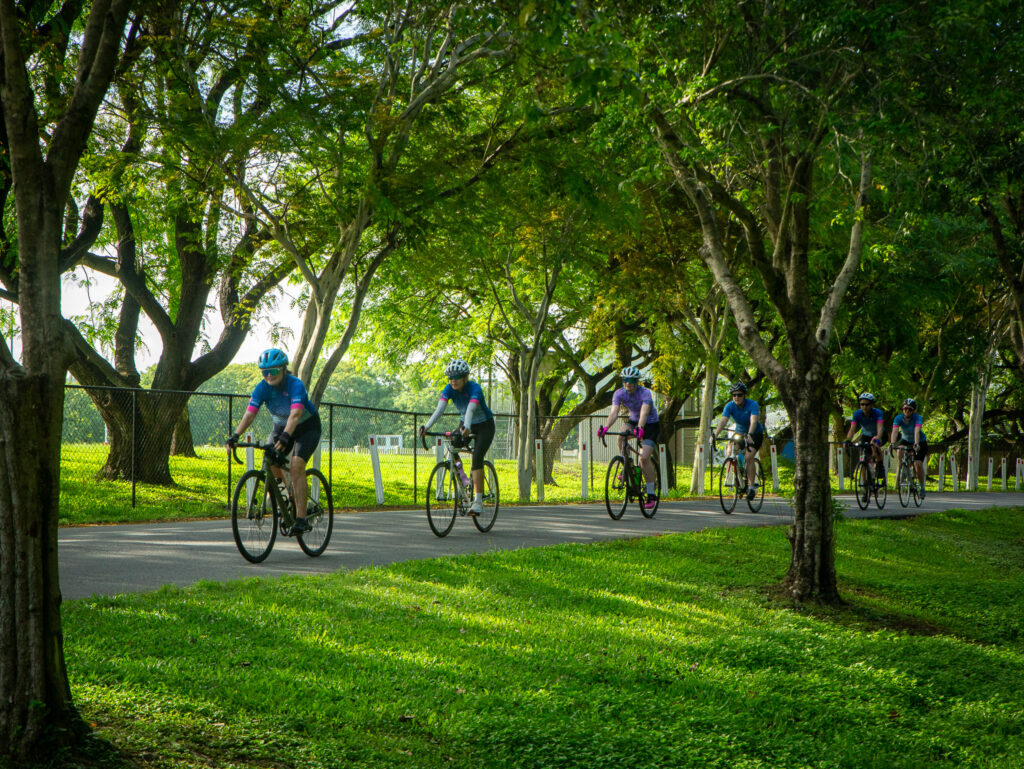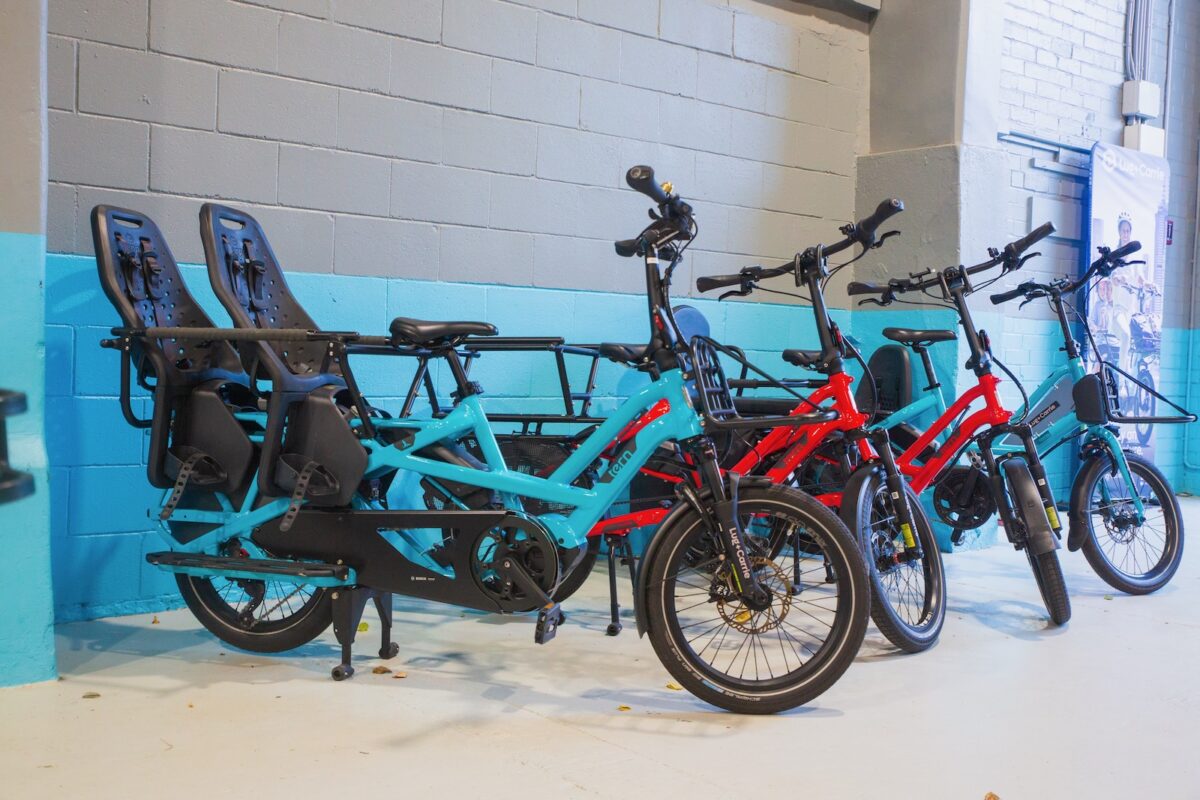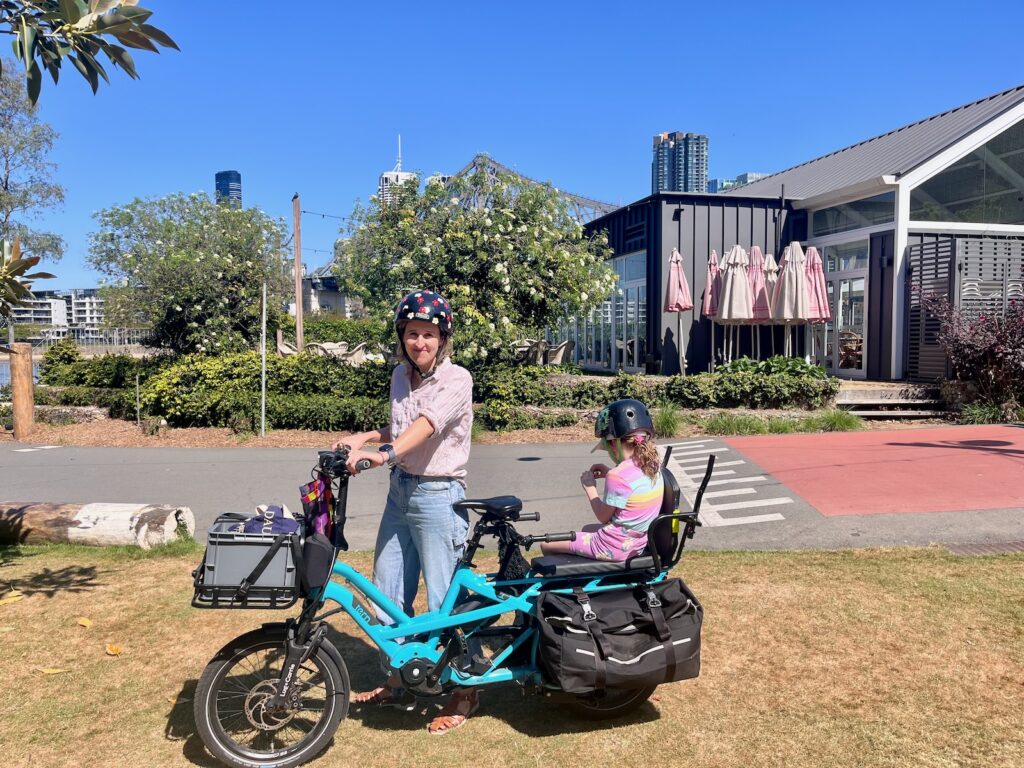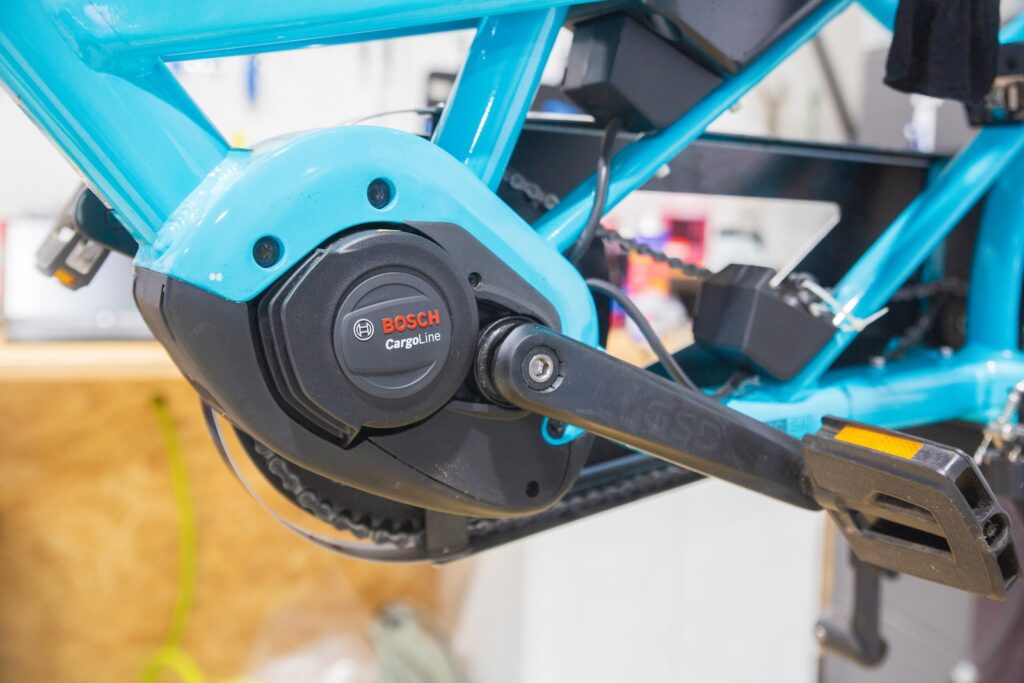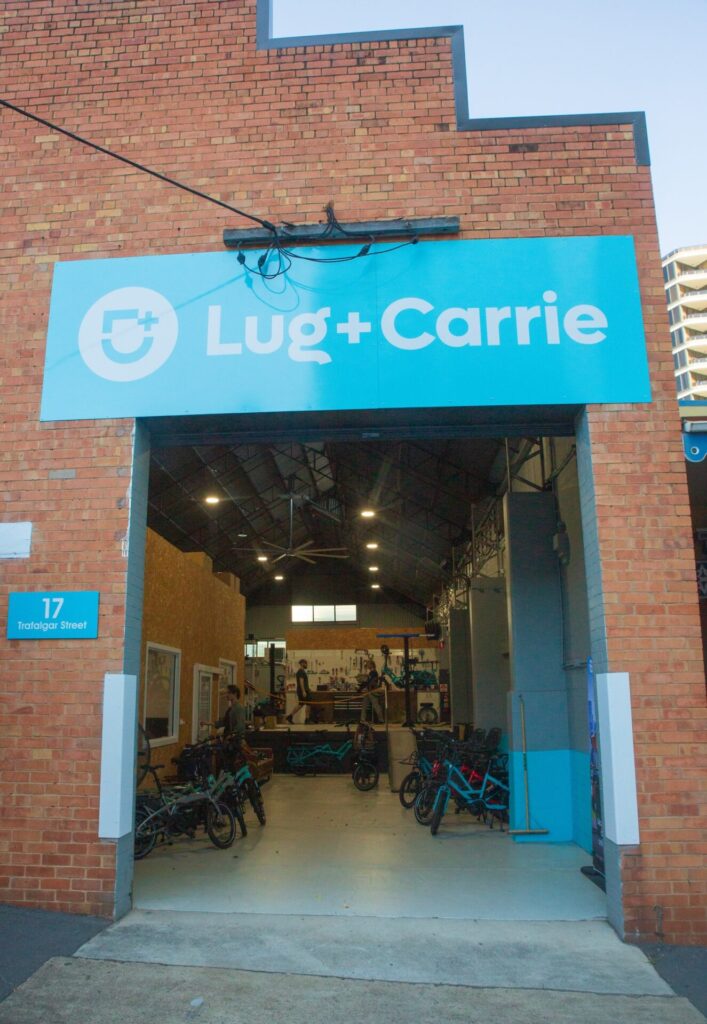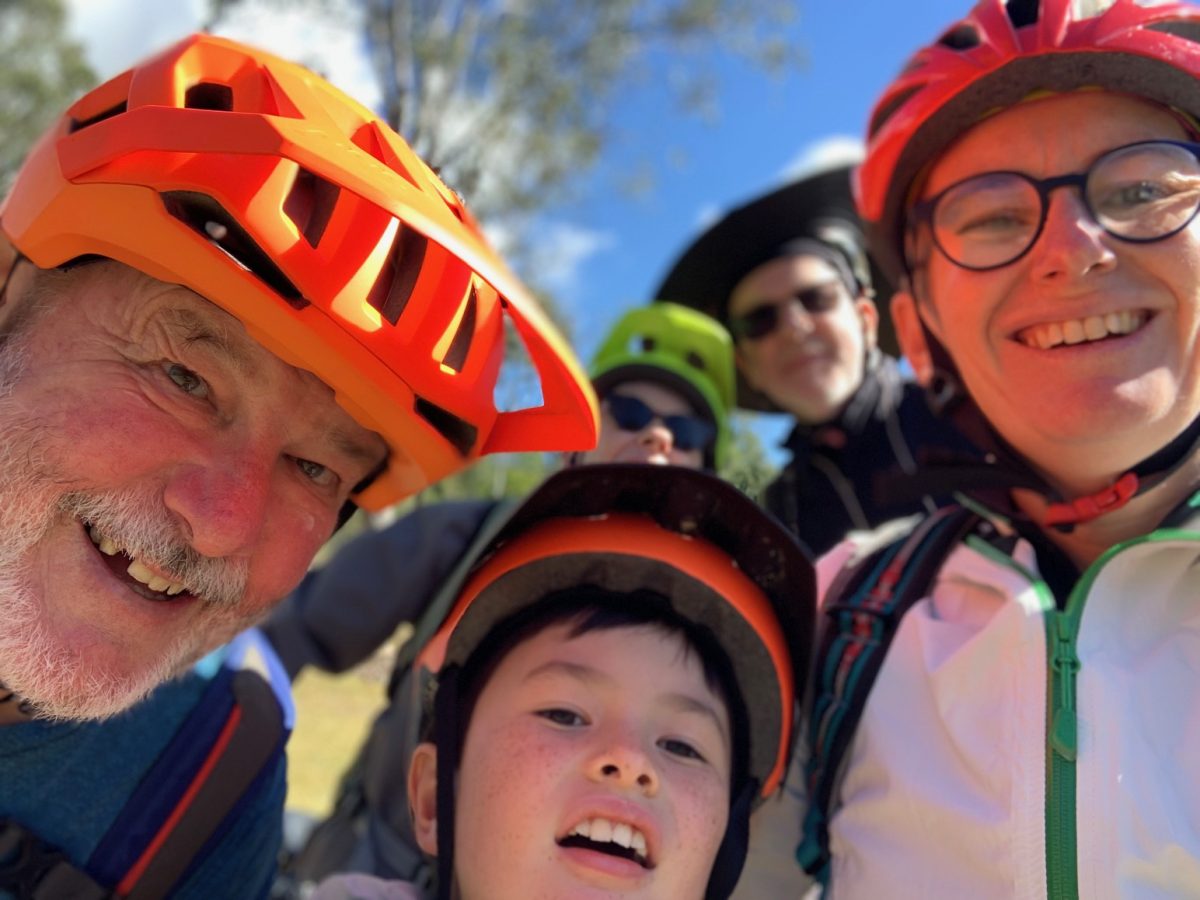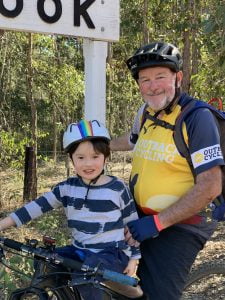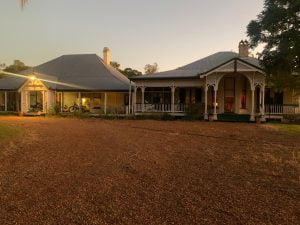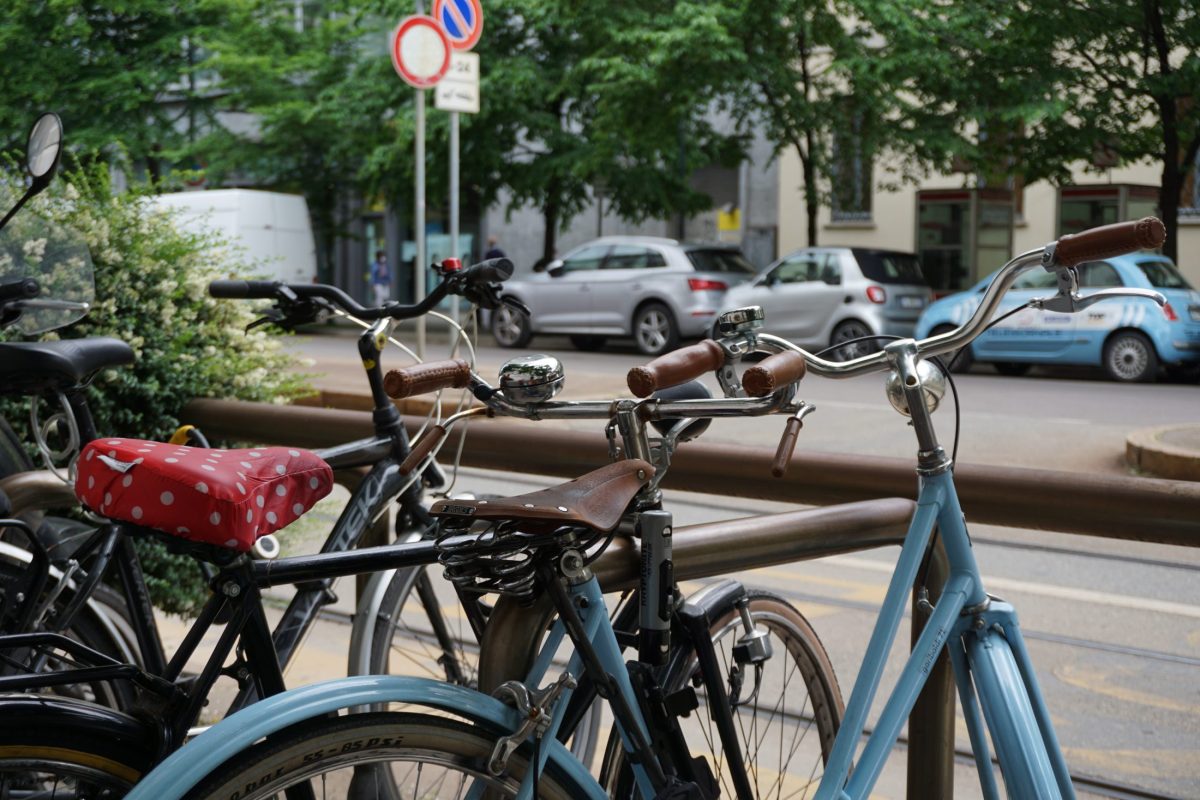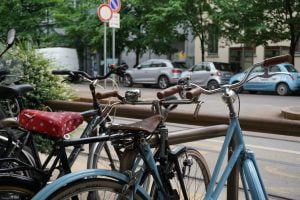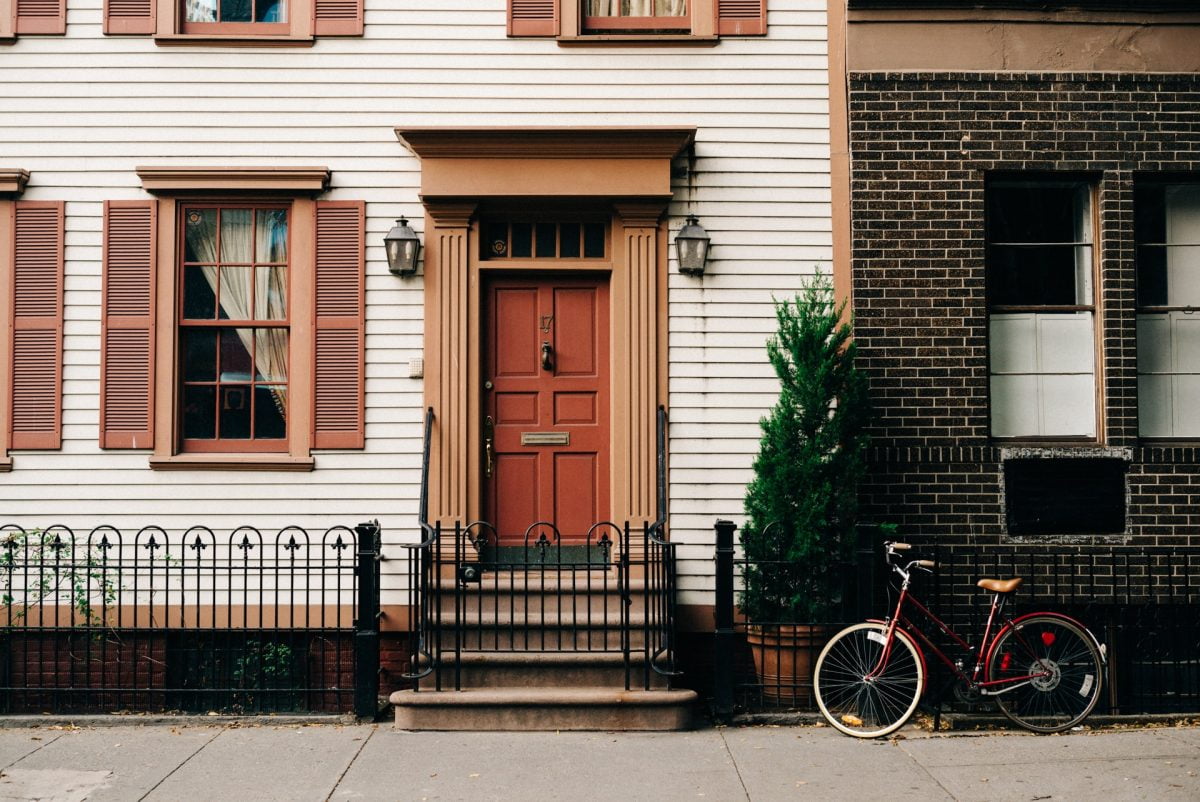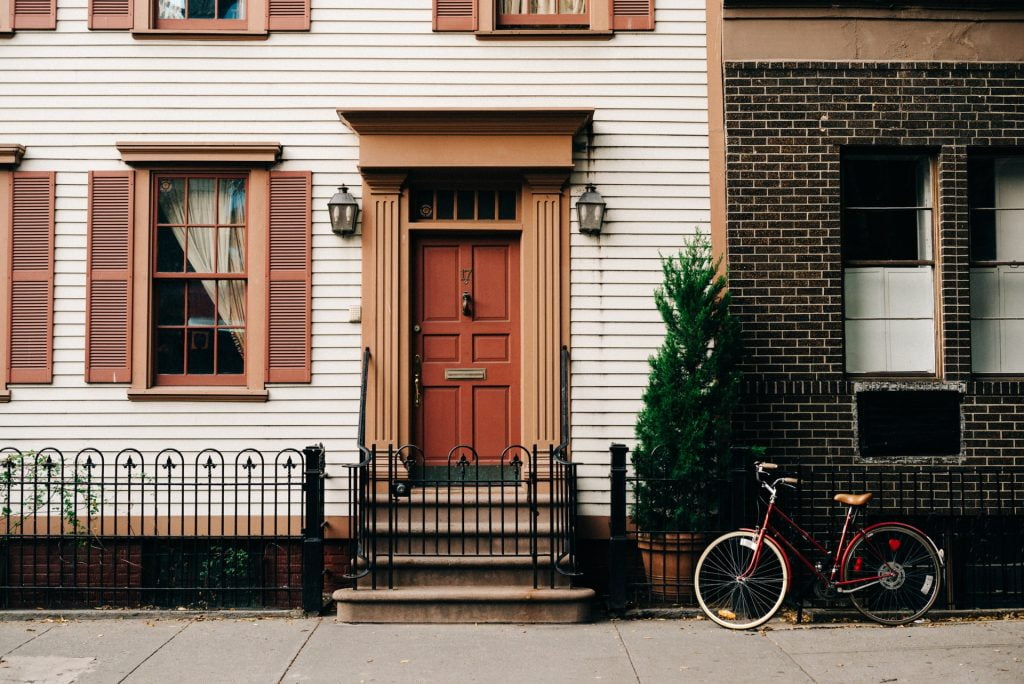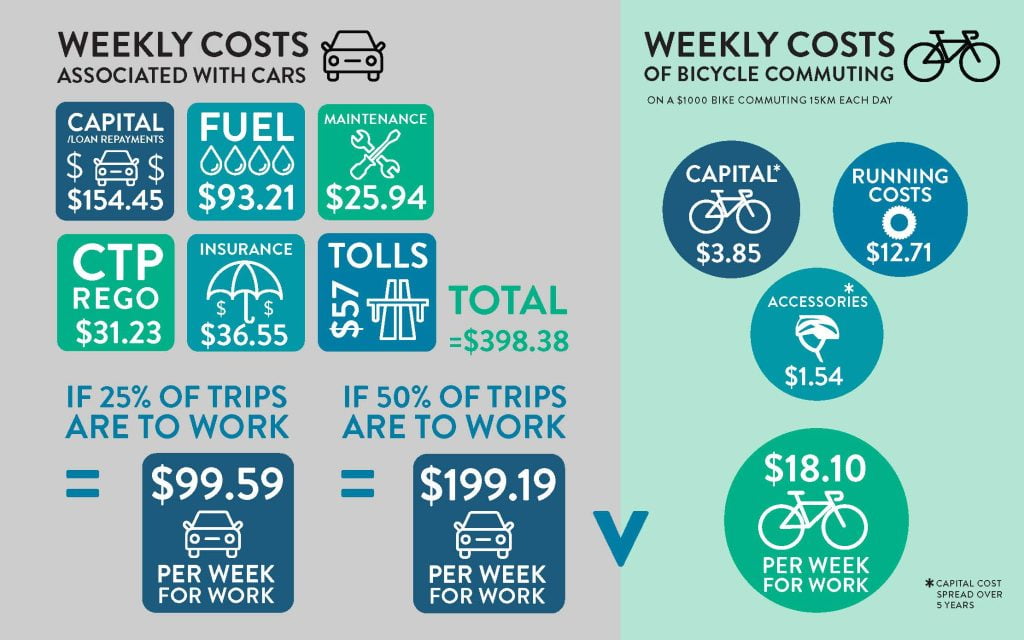The charm of a rail trail is hard to ignore – gentle gradients that cut a line through the landscape, making hills flater and valleys less deep. They pass through towns with pleasing frequency and often take you through picturesque countryside. And of course – they’re free from motorised traffic. Rail trails can vary around Queensland, changing from sealed pathways that connect schools and suburbs through to rough and ready adventure trails in Queensland’s rural heartland.
But with so many disused rail corridors making a spider web across the state of Queensland – how exactly do you turn a line on a map into a white hot line on a Strava heat map?
In 2024, Bicycle Queensland partnered with Somerset Regional Council for the Rail Trails and Tourism Conference. Hosted at the Somerset Civic Centre in Esk, the two-day conference heard from experts in tourism, marketing, advocacy and economics about the impact that a successful rail trail can have for a region. And then we worked on developing some basic guidelines around what is required to get a rail trail beyond just a good idea, and into a functioning piece of riding infrastructure.
DOWNLOAD: Rail Trail Toolkit Quickstart Guide
DOWNLOAD: Complete Rail Trail Toolkit
Develop a vision for your rail trail
This is an essential step. You need to know what the rail trail is going to do. Will it serve as a useful transport link between communities? Is it a tourism initiative to attract day trip visitors from a 2 hour radius? Is it a multi-day experience to draw visitation from around the state or the country? An idea needs to move to a feasability study and then a master plan – while also assessing any project funding that may be available.
Secure access to a rail corridor
A rail line that is no longer in use is not necessarily a rail trail in the making. The line needs to be decommissioned by Queensland Rail, along with having infrstructure removed. There is extensive stakeholder engagement required at this stage, including determining a suitable model for managing a rail trail, and understanding what the risk looks like, and the potential reward.
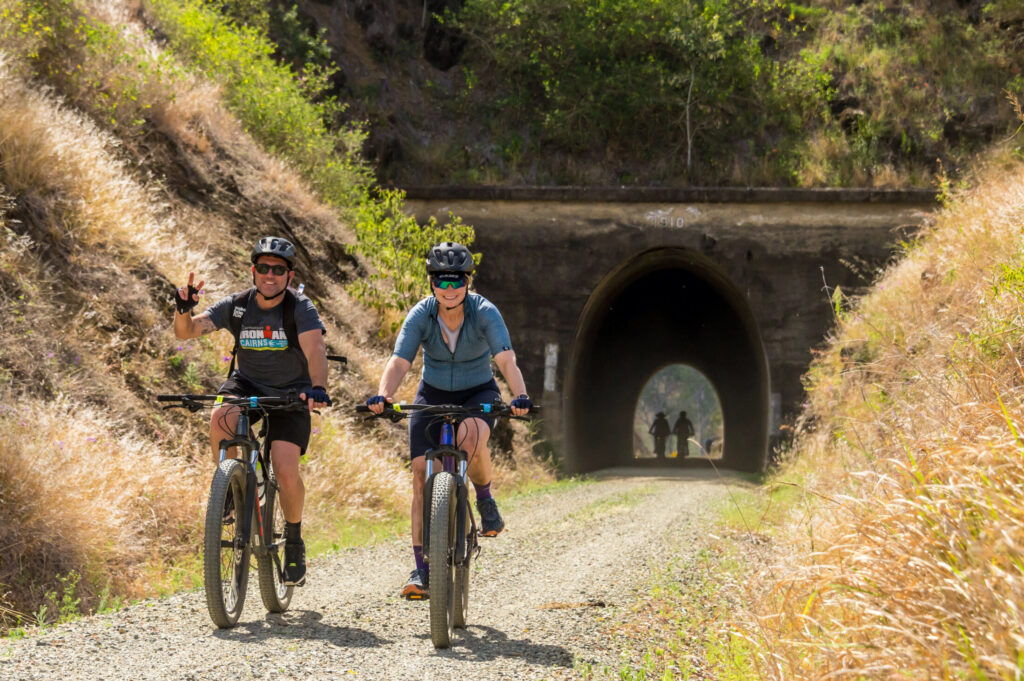
All about feasability studies for a rail trail
A feasibility study can determine whether a rail trail project is viable by assessing scope, costs, and potential staging for construction. It provides evidence to support grant applications and ensures informed decision-making. If there’s strong community support for the rail trail, and conversations with landowners and government are underway, a feasibility study might be a useful next step – but can be expensive.
Rail trail planning, design and construction
There is a lot to consider here. What are the biosecurity factors? Hreitage or cultural concerns? What about hazards with existing infrastructure? And how do you plan to maintain what gets built – and what level of surface treatment will suit your budget?
Understanding political engagement and staged construction
Rail trail projects require strong political engagement and a phased approach to development to overcome challenges and secure sustained funding. While their benefits to tourism, recreation, and local economies are well-documented, their success often depends on effective advocacy, securing government support, and maintaining momentum through incremental progress.
Rail trail models of operation
Selecting the optimal model of operation for a rail trail is a complex decision that must balance sustainability, financial viability, community engagement, and quality of experience. Publicly managed trails ensure accountability, while private or hybrid models can introduce efficiency and innovation.
Marketing and events for rail trails
Marketing and events play a crucial role in the success of a rail trail, shaping its identity, attracting users, and fostering community engagement. A well-designed marketing strategy ensures that the trail is positioned effectively to reach key target audiences, while events serve as a means of generating interest, encouraging participation, and providing economic benefits to surrounding communities.
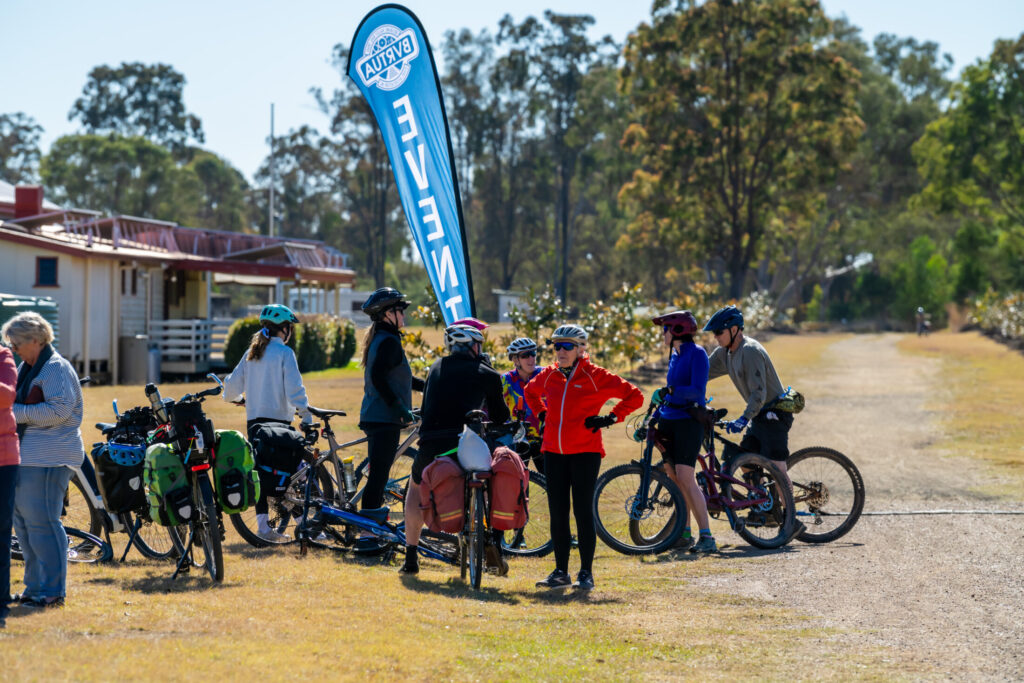
Bringing a rail trail to life
When planned and implemented effectively, rail trails become far more than just recreational pathways. They serve as economic drivers, attracting tourism and supporting local businesses, while also fostering social connection and healthier, more active lifestyles. They provide safe and accessible spaces for walking, running, bike riding, horse riding, and community events, helping to build a culture of outdoor activity. Their environmental benefits are equally significant, repurposing disused rail corridors into green transport corridors that promote sustainable travel and habitat conservation.
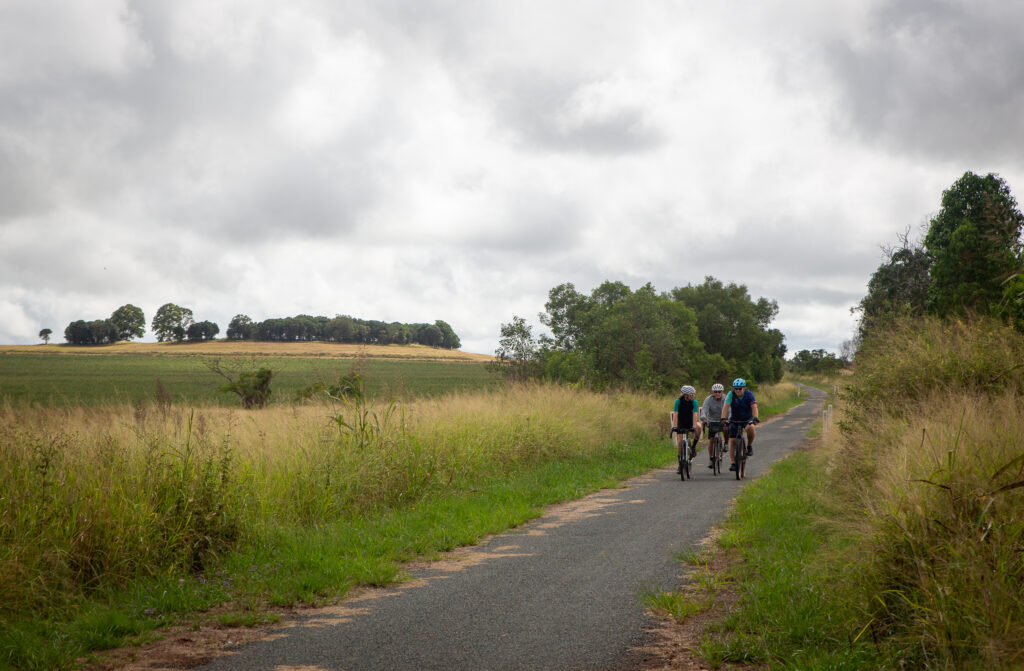
For communities and organisations looking to develop a rail trail, the next steps will depend on where you are in the process. Some groups may be at the early stages, building advocacy and community support, while others may be working through feasibility studies or securing access to a corridor. Others still may be focused on activating an existing trail through events and tourism initiatives. Wherever you are in this journey, Bicycle Queensland is here to support you.
Here at BQ, our team has extensive experience in rail trail advocacy, funding applications, operational planning, and event activation. We can provide guidance on overcoming challenges, building political and community support, and ensuring that your rail trail reaches its full potential. Whether you need strategic advice, practical resources, or connections with industry experts, we are ready to help.
Download our complete Rail Trail Toolkit
Illustrations & Design by indidust.com

